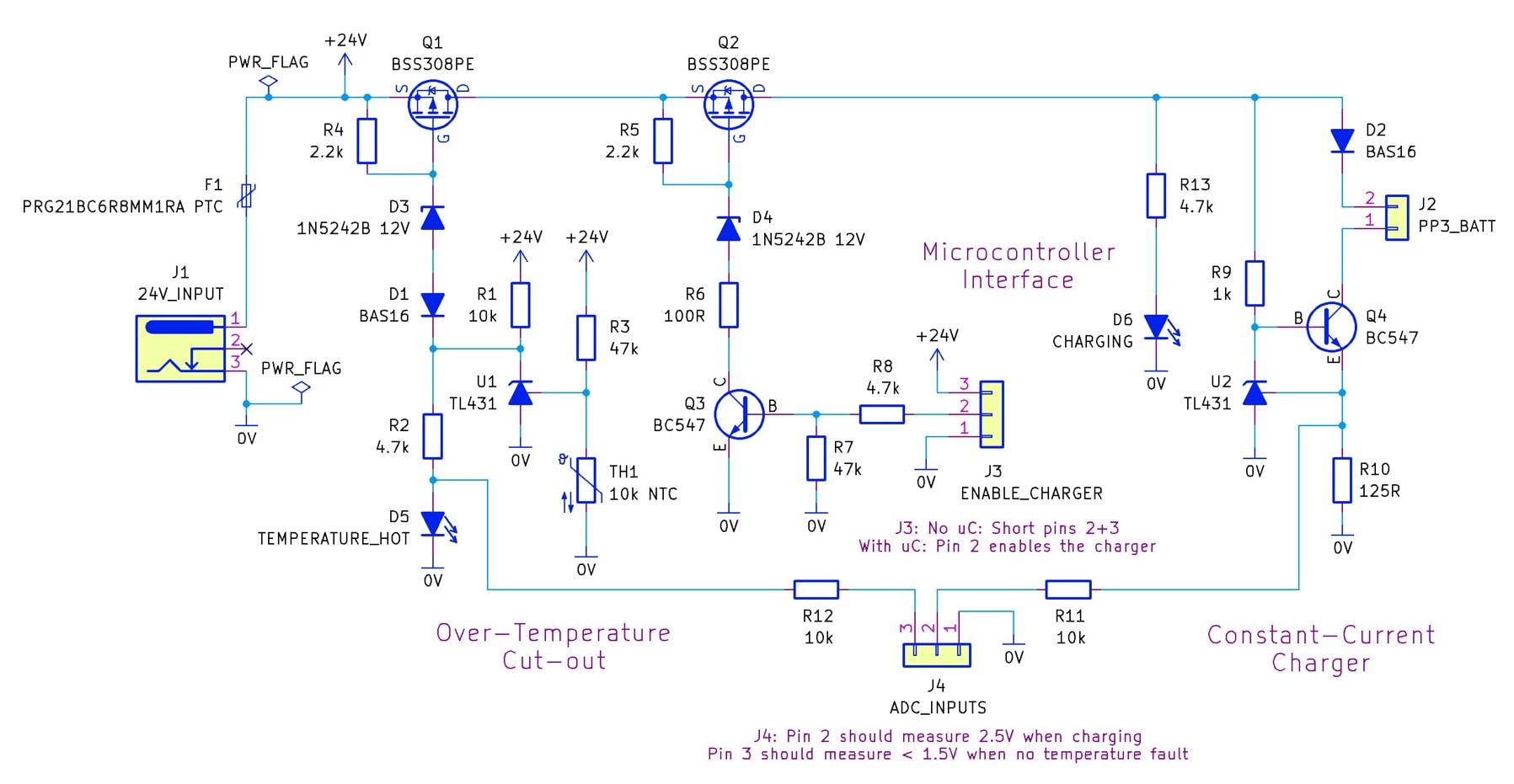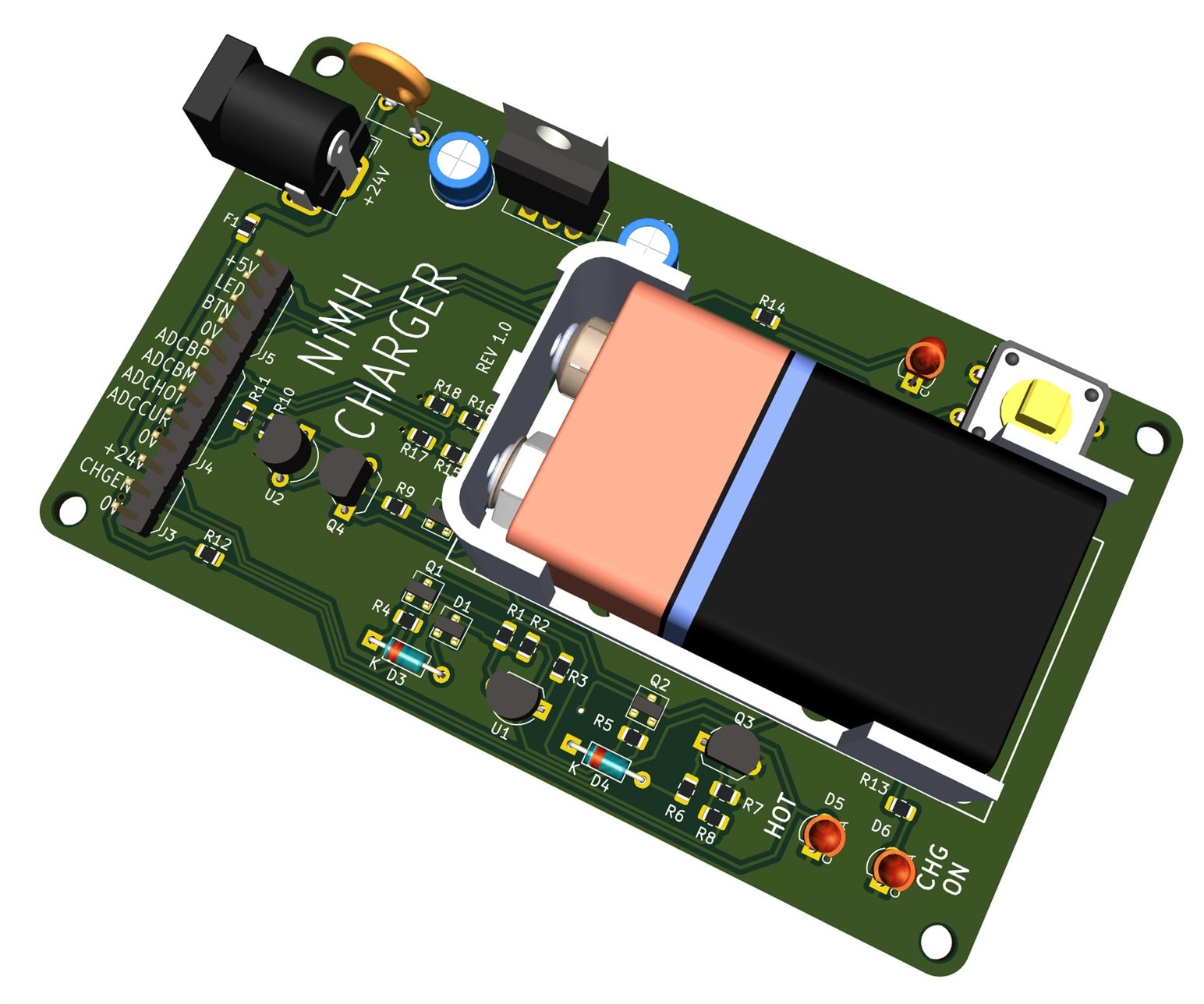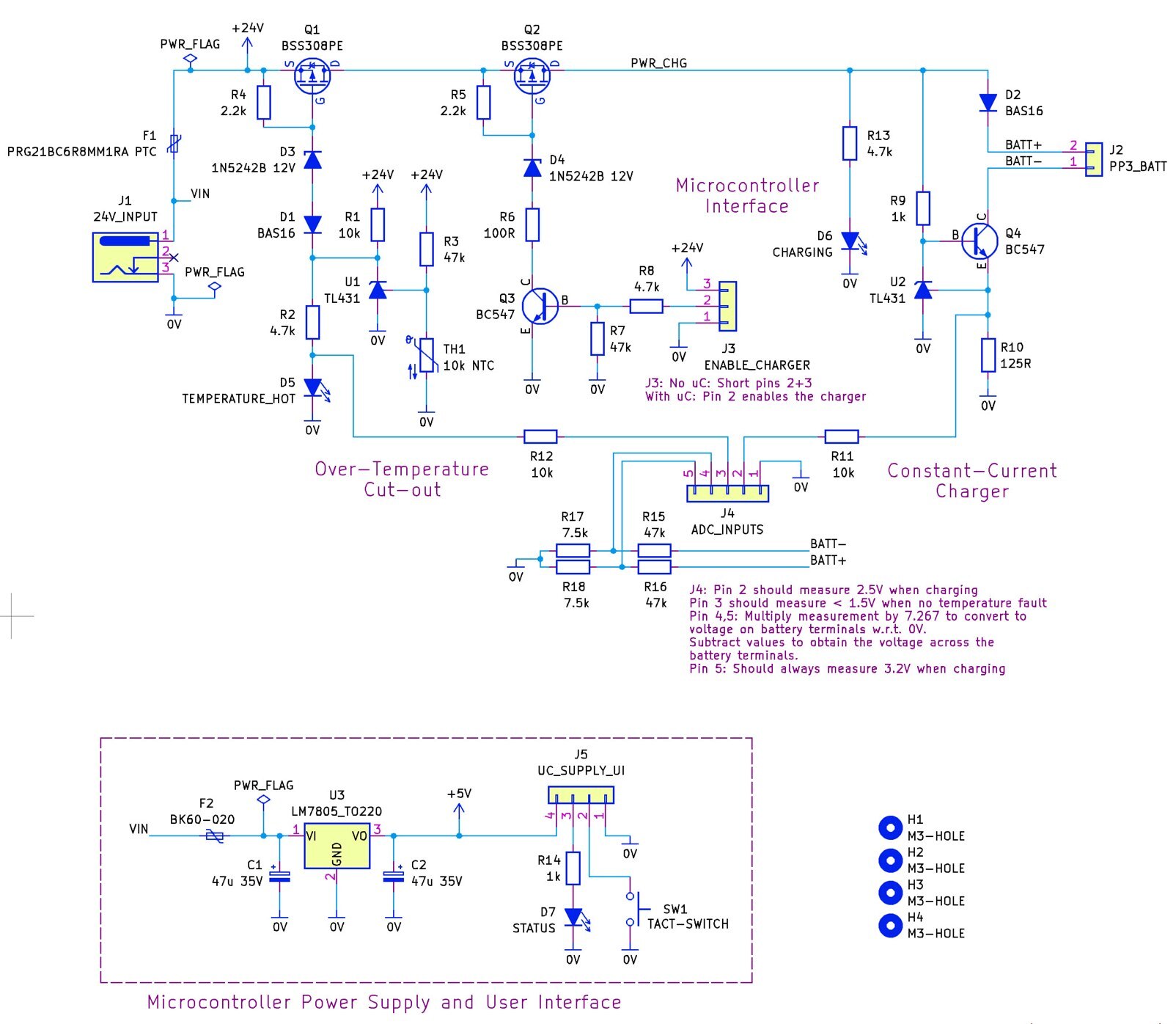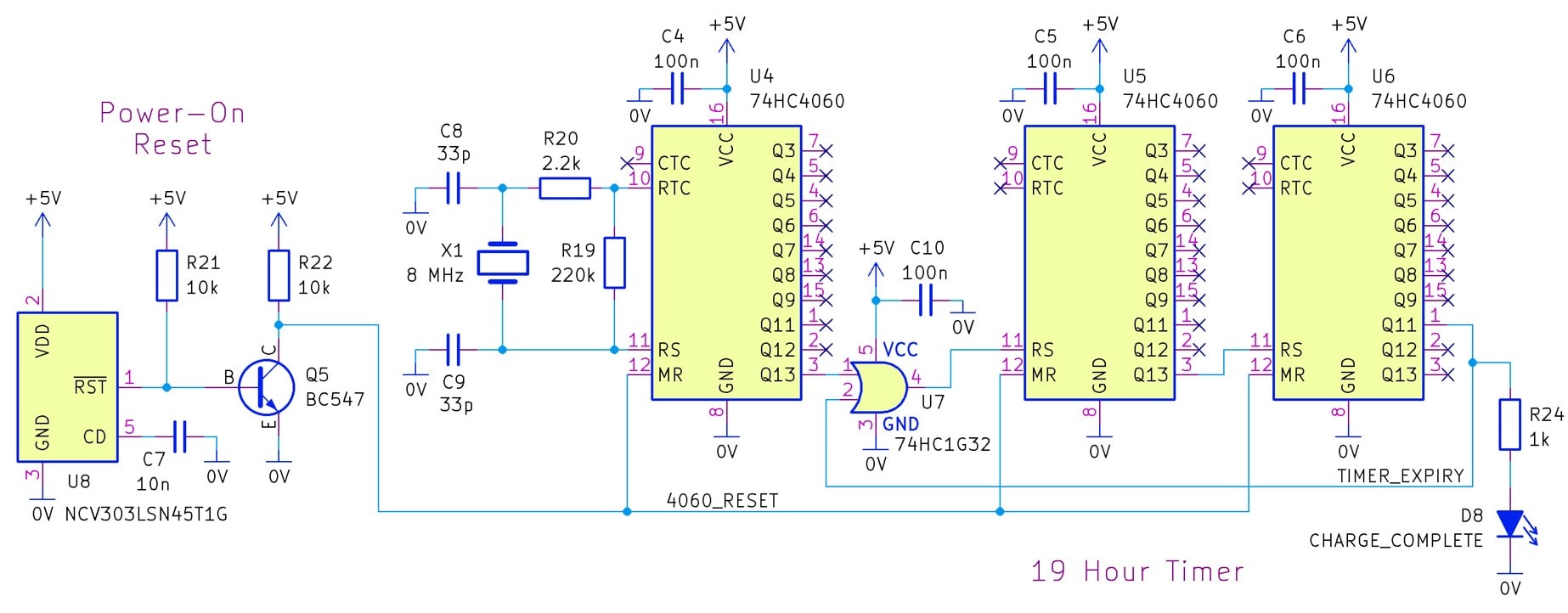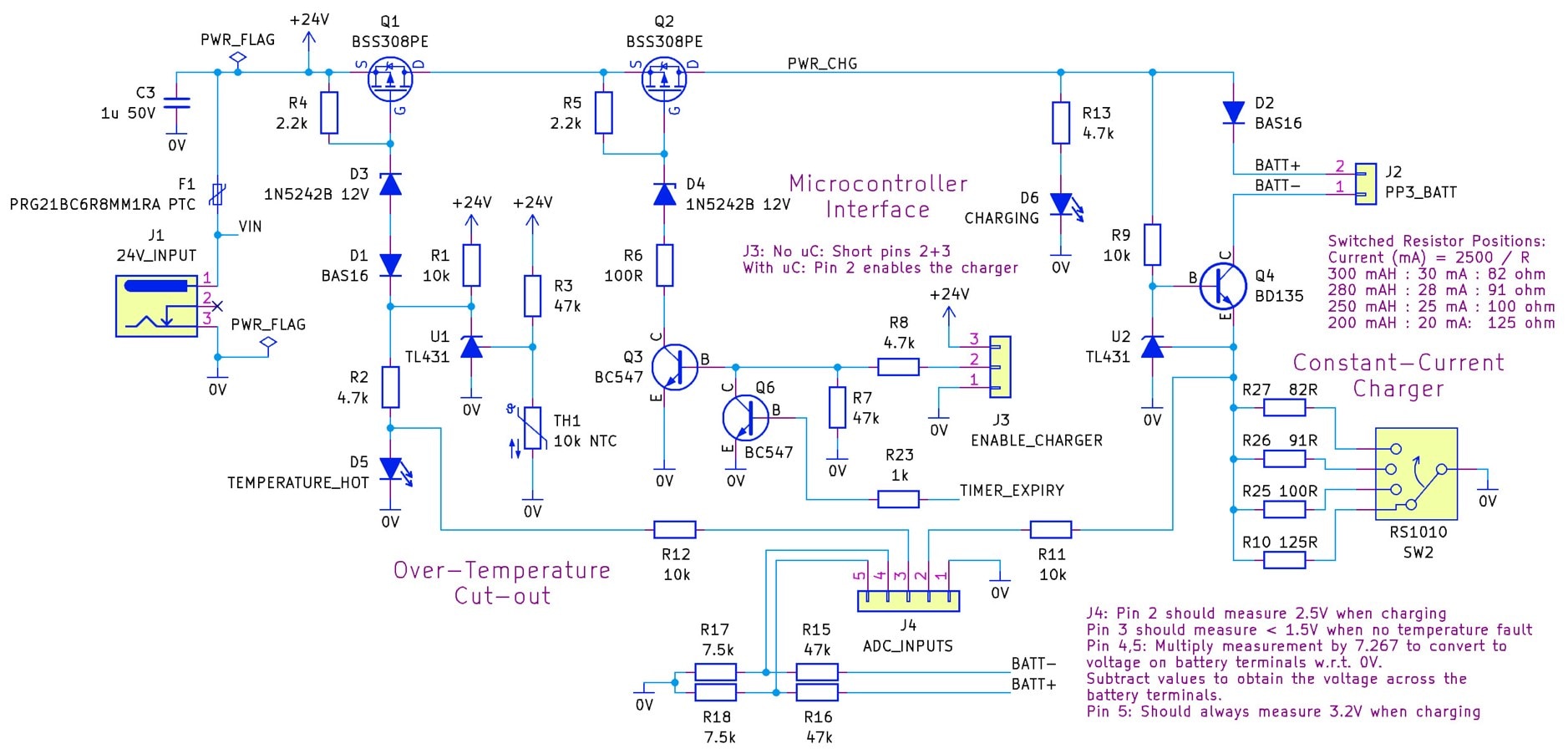Hello,
9V batteries have always been a pain for me... Expensive, low capacity, almost every DMM / tester needed them.
I just bought a 9V NiMH battery: https://www.westinghousebattery.com/Ni-MH-Rechargeable/Premium-Series.html . To my surprise, it is not made from 6 smaller cells (which would give ca. 7.2-8.4 V), but 7, which has nominal voltage of 8.4, but when charged, can have almost 10 V. This makes it a true primary 9V battery replacement. I am not sure when these became available, but I remember older 6-cell "9 V" NiMH that were kind of useless, because all appliances thought the battery is discharged, due to the lower nominal voltage.
However, I never really had a charger for this kind of battery. I have heard that cheap chargers only use 12 V DC power supply with in series resistor in series to limit the current to ca 30 mA.
Do you have any suggestion for a charging circuit? I am open to building something, even using an MCU. I would love it to have a small small charging current (20-30 mA) or slightly higher (50 mA), a safety timer and the delta V detection. There is a famous old MAX713 charger, but according to the features, it offers C/4 to 4C charging and C/16 trickle charging, which is too high. Most commercially available hobby chargers also have a minimum current of 100 mA.
Thank you,
David

